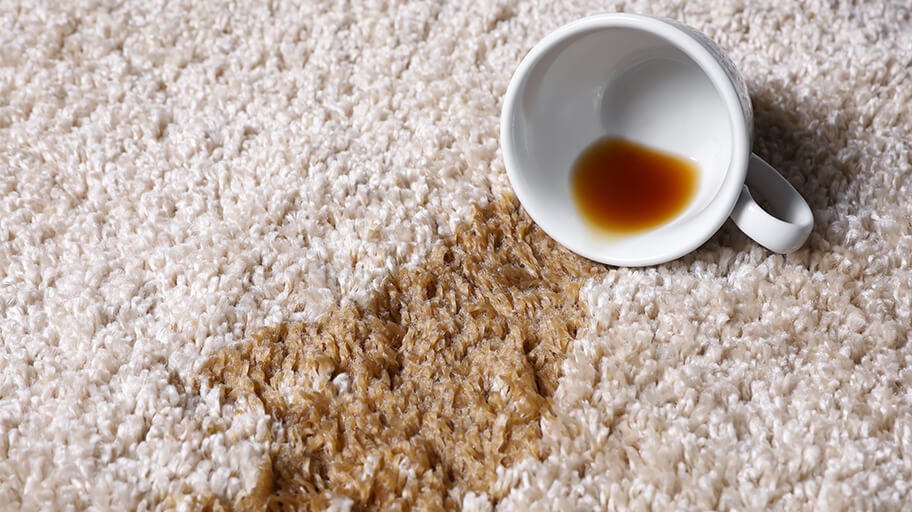Wet carpets can be a daunting issue for both homeowners and businesses. Whether due to a plumbing mishap, a weather-related event, or an accidental spill, knowing how to dry wet carpets effectively is crucial to prevent further damage and maintain a healthy indoor environment. In this guide, we will explore various methods and tips to help you restore your carpets to their original state.

Understanding the Importance of Drying Wet Carpets
Carpets are susceptible to water damage, and if not addressed promptly, the moisture can lead to unpleasant odors, mold growth, and structural damage. Therefore, drying wet carpets quickly is essential to prevent these issues and extend the life of your carpets.
First Steps After Discovering a Wet Carpet
Upon discovering a wet carpet, your immediate actions can make a significant difference. Turn off any water sources that may be contributing to the wetness. If possible, remove furniture and other items from the affected area to prevent additional water absorption and damage.
Identifying the Source of Moisture
Before proceeding with drying methods, it’s important to identify the source of moisture. Whether it’s a leaky pipe, a spill, or weather-related flooding, understanding the cause can help you take appropriate measures to prevent future occurrences.
Using Towels and Blotting Techniques
Start by using towels to blot the wet area. Press down firmly to absorb as much water as possible. Avoid rubbing the carpet, as this can damage the fibers and worsen the situation.
Utilizing Fans and Dehumidifiers
Fans and dehumidifiers are effective tools for drying wet carpets. Position fans around the affected area to increase air circulation and speed up the drying process. Dehumidifiers help remove excess moisture from the air, preventing further absorption by the carpet.
Opening Windows for Ventilation
Whenever possible, open windows to allow for natural ventilation. Fresh air can significantly aid in drying carpets and reducing humidity levels indoors.
Employing Carpet Drying Machines
For severe water damage, consider renting a carpet drying machine. These machines are designed to extract water and dry carpets efficiently. Follow the manufacturer’s instructions for optimal results.
Professional Carpet Cleaning Services
If the damage is extensive or you’re unsure about handling the drying process yourself, hiring a professional carpet cleaning service is a viable option. Experts have the necessary equipment and experience to restore your carpets effectively.
Preventing Mold Growth
Mold can develop quickly in damp environments, so it’s essential to monitor your carpets for any signs of mold growth. If you notice a musty odor or visible mold, take immediate action to address the issue.
Using Anti-Mold Sprays
Applying anti-mold sprays to the affected area can help prevent mold development. Ensure that the product is safe for use on carpets and follow the application instructions carefully.
Regular Carpet Maintenance
To minimize the risk of future water damage, implement regular carpet maintenance practices. Vacuum frequently and schedule professional cleanings to keep your carpets in top condition. For tips on deep cleaning your carpets, check out this guide.
Addressing Stains and Spills Promptly
Promptly addressing stains and spills can prevent moisture from seeping deep into the carpet fibers. Visit this page for effective techniques on handling various types of stains.
Conclusion
Knowing how to dry wet carpets is an essential skill for homeowners and businesses alike. By acting quickly and employing the appropriate methods, you can prevent further damage and maintain a healthy indoor environment. Remember, if you’re ever in doubt, seeking professional help is always a good idea.

FAQ
Q: Can I use a hairdryer to dry my carpet?
A: While a hairdryer can be used on small spots, it’s not recommended for large areas due to its limited reach and potential to overheat.
Q: How long does it take for a wet carpet to dry completely?
A: The drying time varies based on factors like carpet thickness, room temperature, and humidity levels. It can take anywhere from a few hours to a couple of days.
Q: Is it necessary to remove the carpet padding?
A: If the padding is soaked, it may need to be replaced to prevent mold and mildew growth. Consult a professional for advice based on the extent of the damage.
This article contains affiliate links. We may earn a commission at no extra cost to you.


